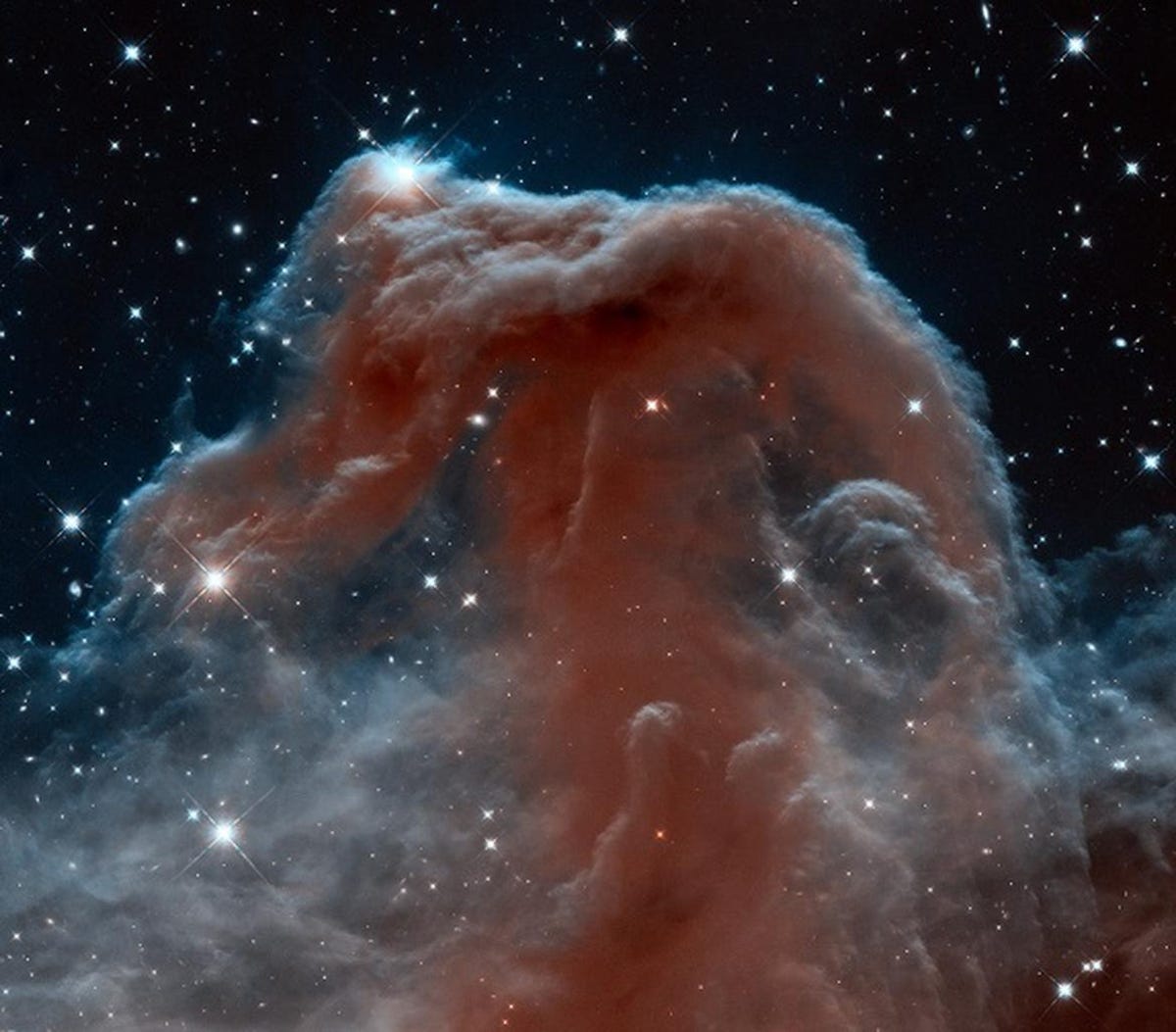From black holes devouring stars to mysterious dark matter, the universe is full of fascinating phenomena that continue to captivate astronomers and scientists alike. Pulsars, magnetars, and rogue planets challenge our understanding of the cosmos, while exoplanets in the habitable zone offer hope for finding extraterrestrial life. Fast radio bursts, Oumuamua, and cosmic microwave background radiation provide clues about the universe’s history and evolution. Gravitational waves, a groundbreaking discovery, allow us to observe cataclysmic events in ways previously thought impossible. Join us on a journey through the wonders of the universe, where each discovery brings us closer to unlocking its secrets.
1. Black Hole Gobbles up Star
Astronomers recently discovered a black hole devouring a star in a galaxy far, far away. The event, known as a tidal disruption event, occurs when a black hole’s gravitational pull tears apart a passing star, creating a bright flare of energy that can be seen by telescopes here on Earth.
2. Pulsars
Pulsars are rapidly rotating neutron stars that emit beams of electromagnetic radiation, similar to a lighthouse beacon. These incredibly dense objects were first discovered in the 1960s and have since become a topic of fascination for astronomers.
3. Oumuamua
Oumuamua is an interstellar object that made headlines in 2017 when it was discovered passing through our solar system. Its strange shape and unusual trajectory raised speculation that it could be an alien spacecraft, although most scientists believe it is just a unique asteroid.
4. Fast Radio Bursts
Fast radio bursts are mysterious signals that originate from outside our galaxy. They last only a fraction of a second but release as much energy as the sun does in a day. The origins of these bursts remain unknown, leading to wild speculation about their source.
5. Magnetars
Magnetars are neutron stars with incredibly strong magnetic fields, billions of times more powerful than Earth’s. These objects can produce intense bursts of X-rays and gamma-rays, making them some of the most powerful sources of electromagnetic radiation in the universe.
6. Rogue Planets
Rogue planets are planets that drift through space without orbiting a star. These nomadic worlds can be difficult to detect but are thought to be relatively common in our galaxy. Some scientists believe these planets could potentially support life, despite their lack of a parent star.
7. Exoplanets in the Habitable Zone
Exoplanets are planets that orbit stars outside our solar system. Some of these planets fall within the “habitable zone,” where conditions are just right for liquid water to exist on their surface. Scientists are actively searching for these potentially habitable worlds in hopes of finding signs of extraterrestrial life.
8. Mysterious Dark Matter
Dark matter is a mysterious substance that makes up about 85% of the matter in the universe. Despite its abundance, dark matter does not interact with light or other forms of electromagnetic radiation, making it extremely difficult to detect. Scientists are still trying to unravel the secrets of dark matter and its role in shaping the cosmos.
9. Cosmic Microwave Background Radiation
The cosmic microwave background radiation is leftover radiation from the Big Bang that fills the universe. This faint glow of microwaves provides valuable insights into the early universe, allowing scientists to study how galaxies and structures formed over billions of years.
10. Gravitational Waves
Gravitational waves are ripples in the fabric of spacetime caused by cataclysmic events, such as the collision of black holes or neutron stars. These waves were first detected in 2015, confirming a prediction made by Albert Einstein a century earlier. Since then, scientists have been using gravitational wave detectors to study the universe in a whole new way.
